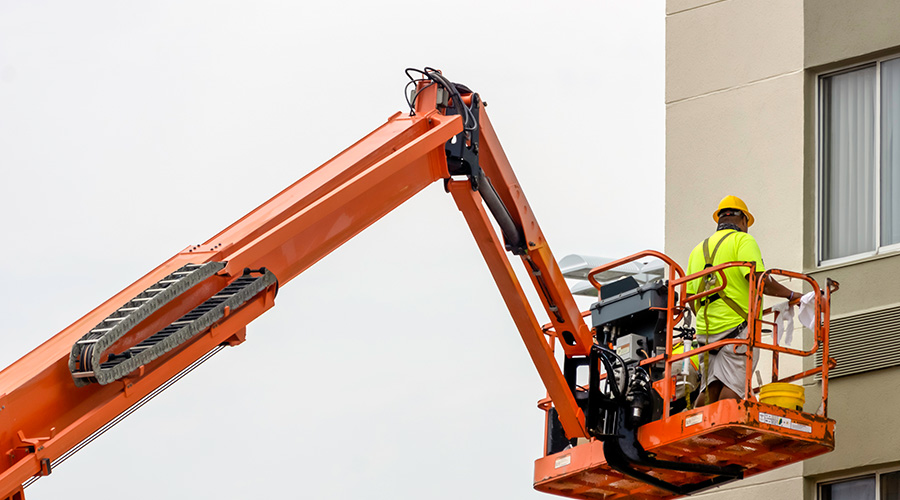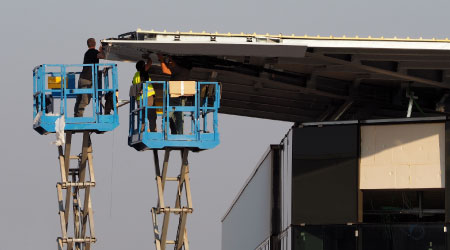Building a Framework for Inventory Control
Of the many issues facing maintenance and engineering managers in institutional and commercial facilities, few are as troublesome and complex as overseeing the location of spare parts and equipment required to operate and maintain facilities and developing the system to successfully track these materials.
Each facility has parts that are unique to its particular operations and functions. A multi-building campus faces additional challenges that are related to the number, location and age of buildings, as well as the storage of the many parts in different styles, sizes and colors, many of which have changed over the years.
Successful inventory management requires storing parts in a manner that maximizes the use of available space, accents part-storage density, maintains parts in a minimum-yet-sufficient quantity, and stores them in a way that allows rapid access, effortless location, and simple checkout.
With the space limitations usually placed on storerooms for parts related to maintenance, repair and operations (MRO), it is important that managers use the proper storage equipment. Managers often ask, "What is the best method of part storage for my facility?" For many applications, most parts fit into modular drawer cabinets, as well as 12- and 18-inch-deep shelving. Larger parts naturally require larger storage fixtures.
Each storeroom has its own special requirements, depending on the number, size, and type of parts being stored. No across-the-board best method exists, and bigger is not necessarily better. Space limitations exist, and expansion might be limited, if it is available at all. But managers can follow general guidelines for effective inventory management, depending on budgets and space requirements.
Steel Modular-Drawer Cabinets
For managers tackling inventory management challenges, steel modular-drawer cabinets without a doubt offer the greatest parts-storage density of all available storage media. The ability to store parts in three dimensions — height, width and depth — enables these cabinets to provide the smallest possible storage footprint. The cabinets are popular because they can store a range of parts, both generic and original equipment manufacturer (OEM).
They also enable storeroom supervisors to neatly and securely organize a range of parts, from miniature light bulbs and overload heaters up to circuit boards, air cylinders, and temperature and pressure gauges. Adjustable partitions and dividers allow for parts size, and supervisors can place a text or barcode part-identification label on the divider. Plastic bin cups are available for the very small parts.
Cabinets are about 30 inches square, stand about 60 inches high — 44- and 39-inch heights also are available — and have 4-15 drawers. Typical drawer capacity is 400 pounds, and drawers vary in depth from about 2 inches to 13 inches. The number of drawers ordered for a cabinet determines its price.
Modular-drawer cabinets also reduce the amount of total square footage a department needs for storage, and they provide additional storage space on top of the cabinets for bulkier, lighter items. They present a layout that is efficient, cost-effective, attractive, and professional, and they expand easily. But they are more expensive than standard, steel shelving.
Related Topics:














